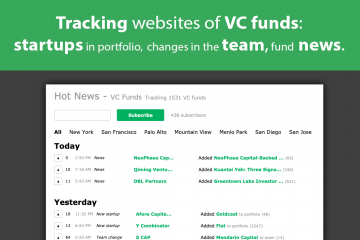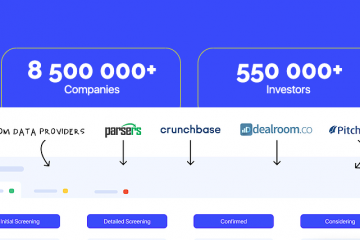Big Data and Machine Learning in HR: 5 examples of successful use of information technologies for human resource management
Today we have prepared for you 5 interesting cases in 3 HR-areas: talent management, increasing loyalty and retention of employees, as well as optimization of staffing.
Talent management at IBM with Big Data and Machine Learning
Big Data and Machine Learning at IBM help employees determine what skills they need to develop. For each employee, data is continuously collected on the tasks performed, the educational courses taken and the assessments received. Further, the machine learning model draws conclusions about the preferred development of certain competencies, and the HR specialist forms a suitable training program for the employee.
In 2018, this technology helped 27% of IBM employees get a new job or promotion.
In addition, on the basis of machine Learning algorithms, proposals for the promotion and career advancement of employees are formed. To do this, IBM launched a digital trainer created by the company’s employees during the hackathon. Virtual assistant generates personalized career guidance recommendations to a person based on Big Data analysis of its performance indicators, as well as data on the average time of promotion from the current position of the employee to the desired position. This software solution also offers options for career path to achieve this goal.
Big data and machine learning technologies help employees move up the career ladder quickly.
3 examples of using Big Data and Machine Learning to increase employee loyalty and retention
- One company after analyzing the data realized that the most loyal employees work within a radius of 5 kilometers from it and moved its office to a more convenient area. This led to a significant reduction in staff turnover without additional investment in motivation.
- Another company working in the field of educational services, systematically faced with cases of sudden departure of trained employees, consisting in the personnel reserve of the enterprise. This seriously undermined the image and had a negative impact on corporate income. Analytical tools of Big Data technology have developed a retention service that collects data on the education, position and workplace of the employee, his marital status, professional competencies and achievements, the type and duration of work performed, as well as career growth over the past year. Next, the machine learning model identifies people who are at risk, who professionally burn out, are not motivated and can plan to leave the company. Every month the management and HR-service of the company receive information about such employees in order to take timely measures for their retention and motivation. This allowed to reduce the overall staff turnover and to ensure that it took no more than 2-3 reservists per year. Thus, BigData and Machine Learning have become a tool for monitoring the current state of staff and forecasting future risks.
- A similar solution based on big data and machine learning technologies allowed the company to Predict the dismissal of employees on their own with an accuracy of 95% and take timely measures to retain them. This saved the company about $ 300 million in employee retention costs.
Big Data and Machine Learning saved IBM about $ 300 million in employee retention costs.
Big data and machine learning technologies to optimize staffing
You can use the Big Data and Machine Learning Analytics tools to:
- identifying the most effective employees;
- identifying overburdened employees and redistributing the load;
- identify resource-intensive but low-value activities, routine operations that can be automated, duplication of functions, etc.;
- painless disposal of inefficient workers and actions.
In particular, the collection of data on the distribution of working time to perform application tasks based on their business value is implemented through the tracking of time spent at the workplace, tracking working time using smart-hours or scanning employee passes. After analyzing the “real” workload of your employees, you will be able to build models of performance of employees of different categories by working hours and activities.
This will allow you to change the work schedule of employees, for example, increasing the number of sellers during the influx of visitors, as well as painlessly abandon resource-intensive, but not useful activities, in particular, long, but not used in practice reports. And most importantly, you will be able to identify “labor ballast” – inefficient workers who do not bring the company sufficient benefit and, therefore, their dismissal will not adversely affect corporate activities.


